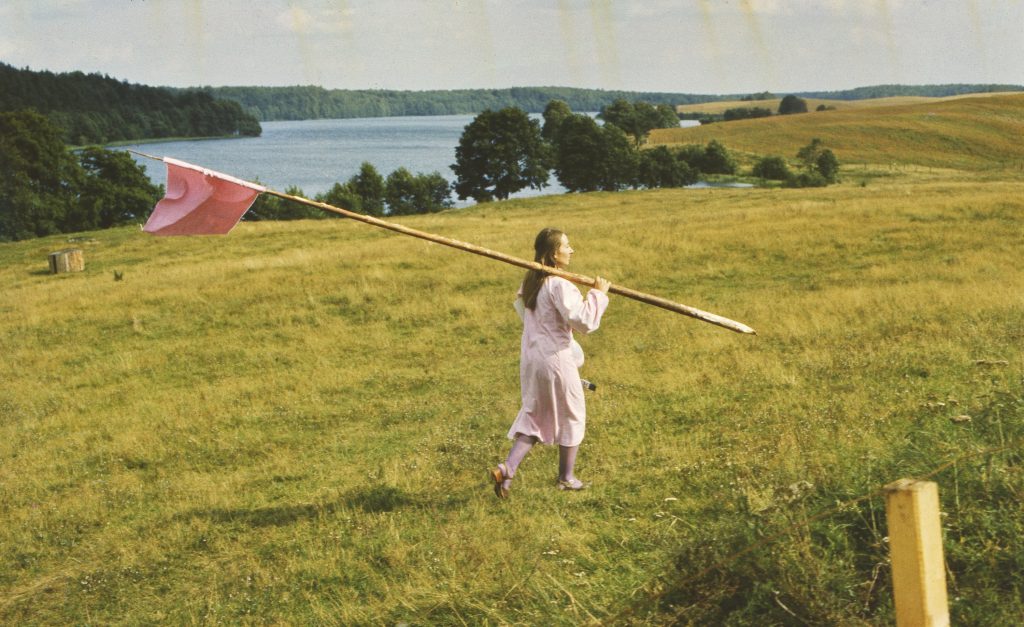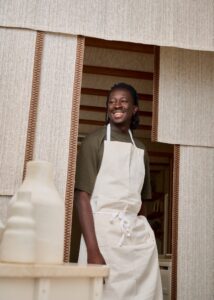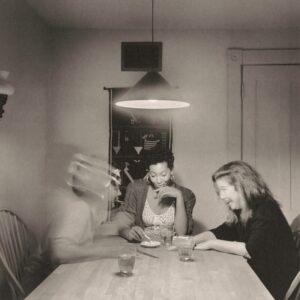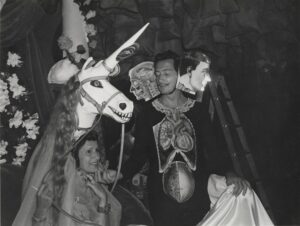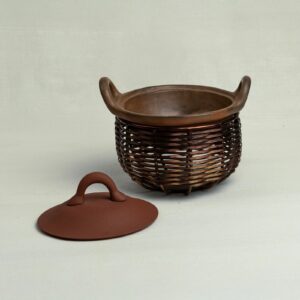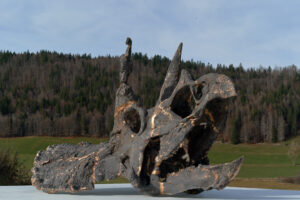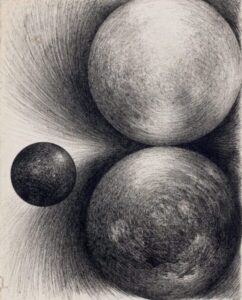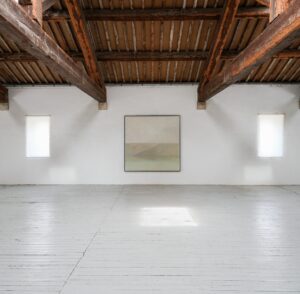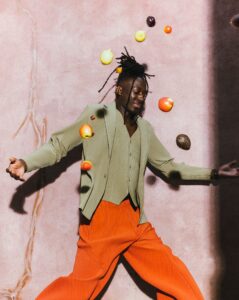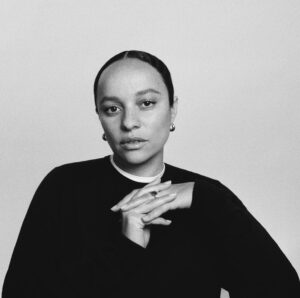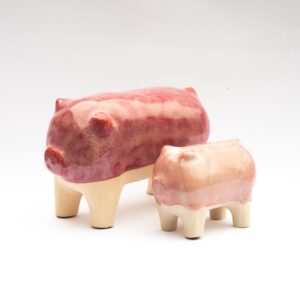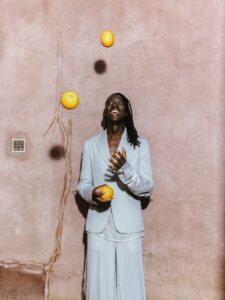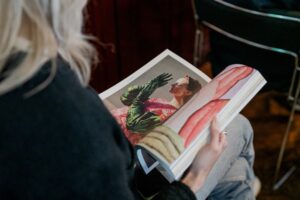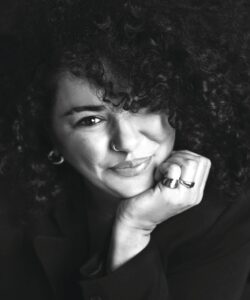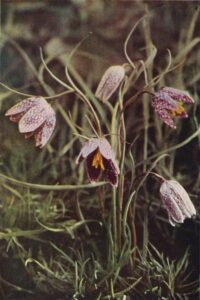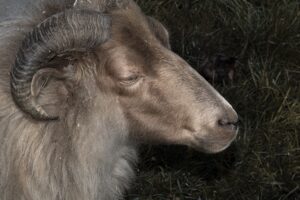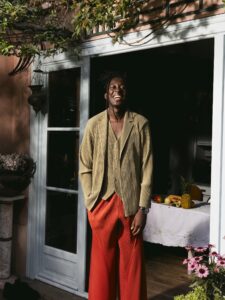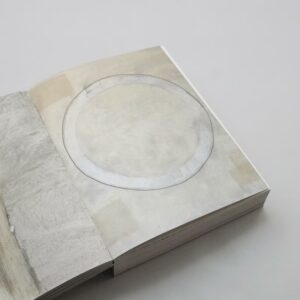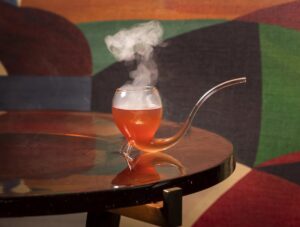Solange Knopf
Pretty Brilliant Women in the Arts
For generations, the story of art has been told through a singular lens. When the first editions of canonical books like Janson’s History of Art and Gombrich’s The Story of Art were published, they featured zero women artists. The Pretty Brilliant: Women in the Arts series aims to make whole what has long been a one-sided story. In these issues, featuring 583 artists, we celebrate women who have always been creating, innovating, and inspiring, like Solange Knopf.
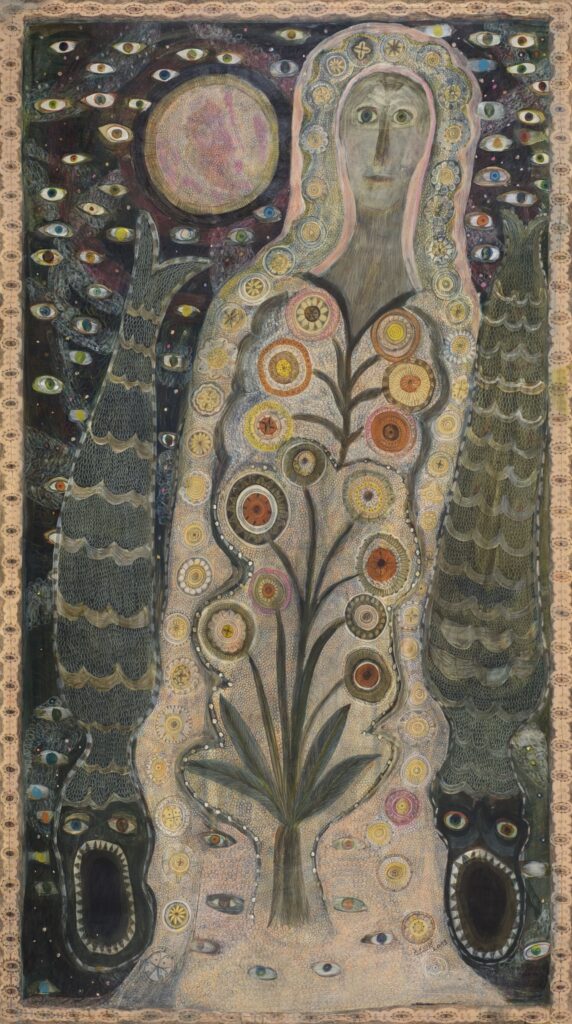
Born in Brussels, Solange Knopf came to public attention as a self-taught artist in her forties, deliberately choosing to step outside the boundaries of the canon and formal art education. In the late 1990s, she left the Académie des Beaux-Arts in Ixelles to pursue a bolder, more personal form of expression. Soon after, a series of intense personal experiences forced her to confront her inner world.
‘I remember as a child standing on those beaches wondering what was on the other side.’
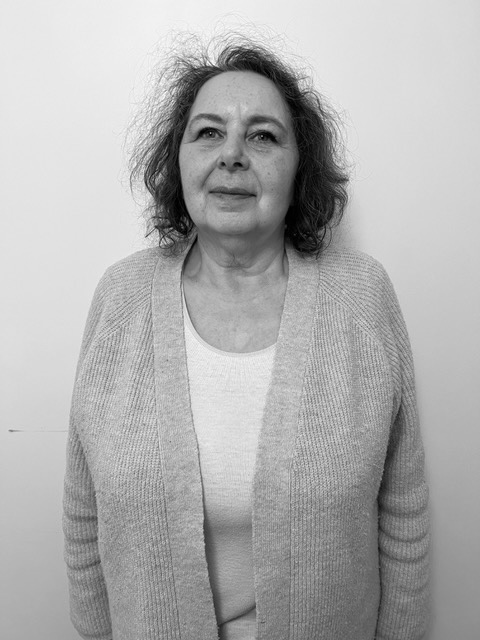
Knopf’s life has been shaped by episodes of depression. In 1998, she was hospitalised during a particularly severe
period. After her release, she found solace and purpose in obsessive drawing — a turning point that marked her reclaiming of control. Her work became a channel for deep introspection, filled with otherworldly creatures and ever-watchful eyes that gaze both outward and inward.
Knopf was discovered online by Randall Morris, co-owner of Cavin-Morris Gallery in New York, who described her as an artist ‘who is not locked into tragedy’. He wrote: ‘Her world is huge, and she is expanding and adding to it as if paper were her own cave walls, an arena for female imagery that owes nothing to New Age of Modernism.’
Her drawings evoke a Byzantine sensibility, echoing sacred iconography. Eyes peek through the darkness, monsters gaze back through the canvas — the psyche inscribing itself onto history. She draws alone, without sketches or plans, allowing the unconscious to surface fully formed: turbulent, ordered, and true
Solange Knopf is featured in See All This #38: Pretty Brilliant Women in the Arts Vol. III. Order a copy here.
